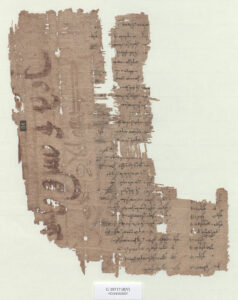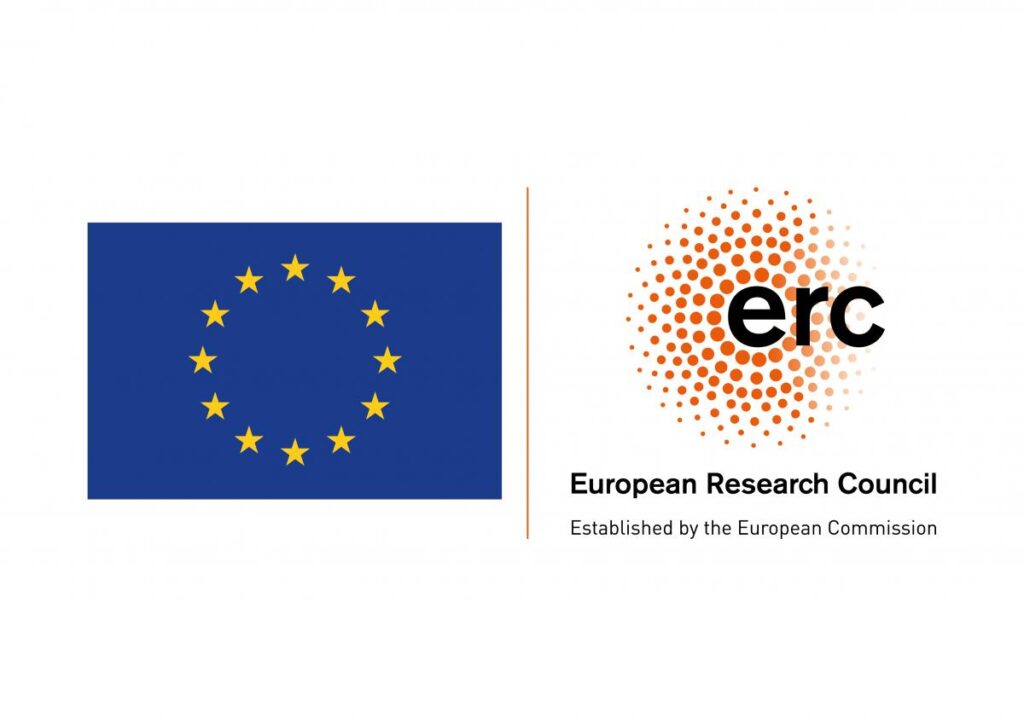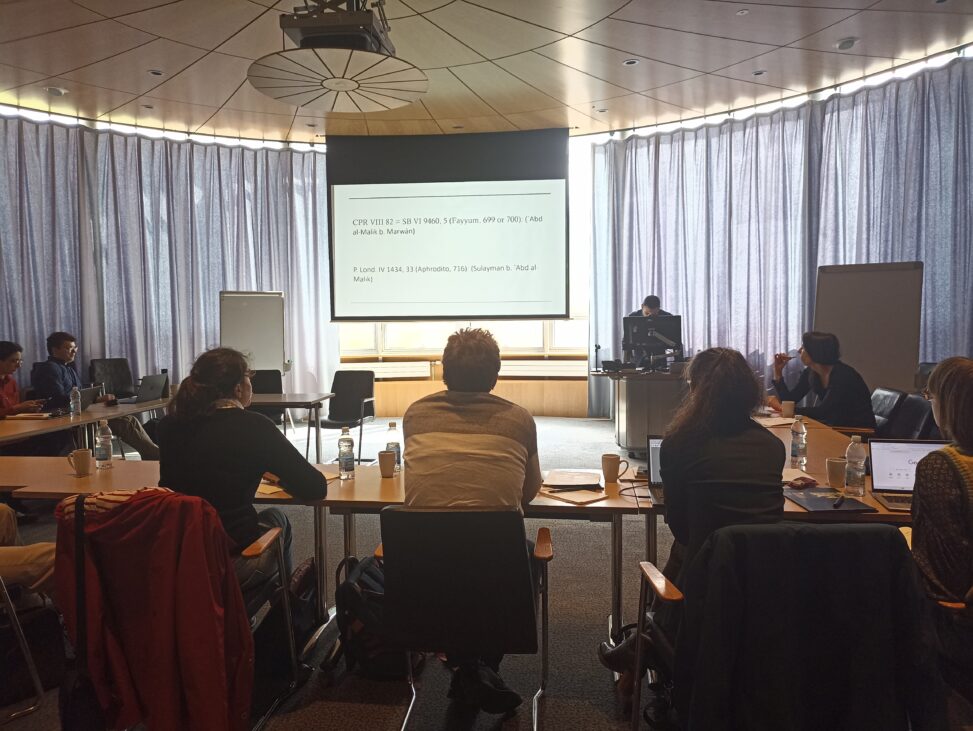From the 30th of April to the 2nd of May, the Caliphal Finances team hosted a workshop dedicated to the analysis of Abbasid-Era fiscal documents at the University of Edinburgh. We gathered a dozen papyrologists who shared ongoing research and discussed the intricacies of working with fiscal-related papyri from the Abbasid period.
Egyptian papyri are central to the Caliphal Finances project and serve as foundational texts for the study of Abbasid fiscal history. Our project notably innovates by refocusing the field of fiscal history towards documents, “moving away from the monopoly that narrative sources presently enjoy in the history of the Abbasids.” Members of the team are working on editing new documents while reassessing the published ones, and others explore the published corpus.
During these two and a half days, the team shared its ongoing research, presenting their work and editions in progress. Marie Legendre and Eline Scheerlinck opened the workshop with their respective research. Marie Legendre talked about Arabic accounting practices and shared her thoughts on the writing of numerals in these accounts, reflecting on her research about the translation of diwan. Eline Scheerlinck then presented ongoing work on the edition of Greek and Coptic lists and accounts in various European collections. A third member of our team, Georgi Obatnin, presented his PhD research on money of account in Arabic documents. He led us through the study of the interplay between numismatics and papyrology and put forward some of the main theses of his forthcoming PhD dissertation.

P.Vindob. G 39717 at the Papyrussammlung der Österreichischen Nationalbibliothek
After a lunch during which our guests enjoyed a sunny George Square, we continued our journey through the papyrological documentation with two presentations on Greek papyri. First, Nikolaos Gonis (UCL, London) presented several unedited Greek papyri from papyrus collections in universities in the United States. These accounting documents, related to the fiscal administration of Egypt, can be dated to the late eighth century. The unedited documents revealed notable aspects of fiscal terminology, personnel involved in fiscal administration, and abbreviations pointing to a late eighth-century date. Lajos Berkes (HU Berlin) further explored the use of Greek as a language of fiscal administration in the early Abbasid period, specifically the second half of the eighth century. His presentation focused on an unedited papyrus containing writing exercises in Greek and Coptic, which were aimed at scribal training for administrative purposes.
On the second day of our workshop, Noemie Lucas started us off with her work on the aṣḥāb al-kharāj, focusing particularly on the challenges she encountered when establishing their list for the Abbasid period. She stressed the interplay between the literary corpus and the papyri, seeking insights in tricky cases like the mention of two aṣḥāb al-kharāj in some tax receipts from the mid-ninth century. Echoing Noemie’s topic, Stefanie Schmidt (FU Berlin) presented her research on the ʿāmil al-amīr with specific examples from Aswan. In her work, she explores the role and functions of this ʿāmil, helping us better understand the history of Islamic rule in the region of Aswan, which will also be part of a book she is currently writing.
In his presentation entitled “Al-Sayyida, Her Estates and Agents in Egypt,” Khaled Younes (University of Sadat City, Egypt) showed us a group of papyrus documents related to ‘al-Sayyida,’ who was the wife of Hārūn al-Rashīd and the mother of Caliph al-Amīn. These papyri document her estates and preserve mentions of her ‘agents,’ to which Khaled provided new interpretations.
After examining the elites and higher echelons of the fiscal administration, the two remaining presentations of Day 2, delivered by Esther Garel (Strasbourg University, UMR 7044) and Theresa Grabmaier (Ludwig Maximilians University of Munich), brought us to local communities and fiscal dues.
With Esther Garel, we examined Fayyumic Coptic documents. These legal documents record worker lease contracts known as lebeke. Esther presented the different aspects of these documents and the information they contained before sharing her hypothesis on how they related to taxation. As for Theresa Grabmaier, she presented the two tax ledgers from the late ninth century-early tenth century that she is studying for her PhD dissertation. She particularly stressed the challenges of identifying the taxes mentioned in these documents, leading the room to figure that out together.
Our last day was devoted to the documentary genre of tax receipts. Naïm Vanthieghem (IRHT, CNRS, Paris) shared his ongoing research on tax receipts/barāʿāt from the late eighth and early ninth century. He highlighted the specific context of their production, meticulously showing us how they consisted of pre-written templates. Our last speaker was our team member, Dalia Hussein. Dalia shared part of her PhD research on the connection between landownership and taxation. She examined Arabic tax receipts and land leases from Abbasid Egypt, focusing on the various individuals involved in these documents. Dalia identified trends from her detailed analysis, on topics such as the involvement of state officials in producing receipts and its connection to the management of the fiscal system through direct or indirect taxation.
The presentations given during these three days perfectly illustrated the multilingual aspect of the documentation we deal with in studying the Abbasid fiscal history of Egypt. They touched upon many key themes including accounting practices, fiscal agents of the administration, tax collection, evasion, duties at different hierarchical levels, their documents, and terminology. On top of the rich discussions during the allocated time for each participant, we had the opportunity to continue our exchanges over lunches and dinners.
You can find the programme here: Abbasid-Era Fiscal Documents Workshop – Programme
This Blogpost has been written by PostDocs Noëmie Lucas and Eline Scheerlinck
Banner Image: Participants of our workshop concentrating on Khaled Younes’ presentation. Credit: Noëmie Lucas.




Leave a Reply